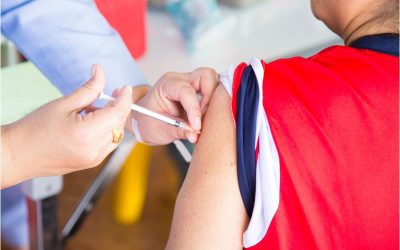In any type of facility that uses water in the process, manufacturing or the ingredients in food and beverage production, having the ability to test the water is going to be a critical aspect of producing consistent quality end products.
Many people assume that water, particularly, water from a utility as opposed to a well, will be consistent in pH and hardness. In reality, this is far from the case with a lot of factors that can influence these readings in water based on time of the year, additives to the system and even the use of specific chemicals in the water lines or reservoirs.
Adding a quick step of water testing using water test strips is a simple way to have a better and more complete understanding of the quality of water from the supply. This will not only provide valuable information, but it can also allow you to make system adjustments to accommodate for the variations.
Staff Training
While the use of water test strips is very simple, it is still recommended to complete a staff training on how to use the test strips correctly. Simple issues such as not touching the indicator pad or to avoid contamination of the test strips will be important to ensure consistent and accurate results.
These tests are very quick to administer and read. Well-designed and accurate, these water test strips can take just ten seconds to provide information on water hardness and about 30 seconds to determine water pH.
Set Standards for Use
In most companies and businesses, having set procedures and checklist for testing is highly beneficial. These protocols should outline the specific times when the tests should be completed as well as how to record data. With simple color changes to indicate the levels, data can easily be entered into a database or your process control software for accurate record keeping.



